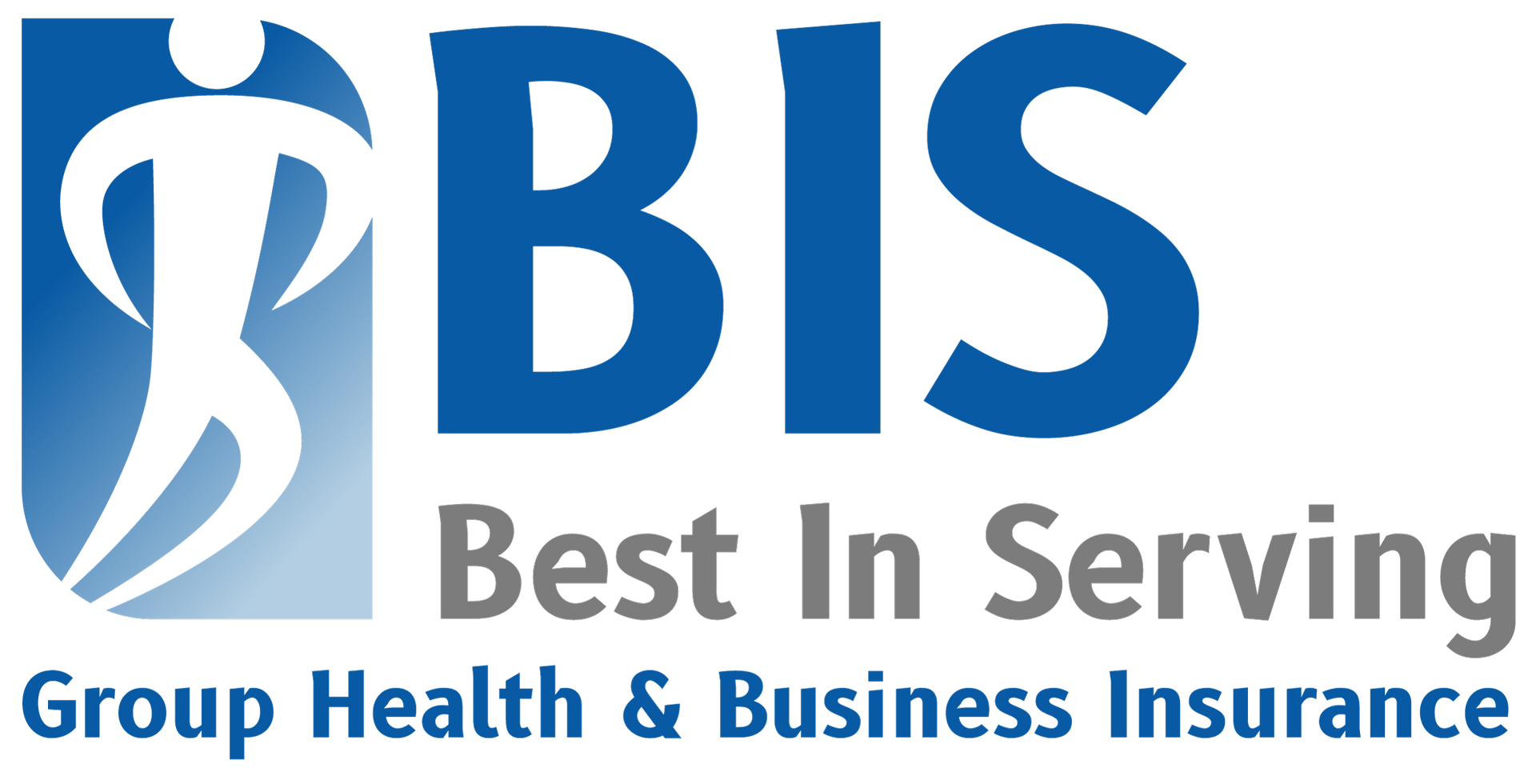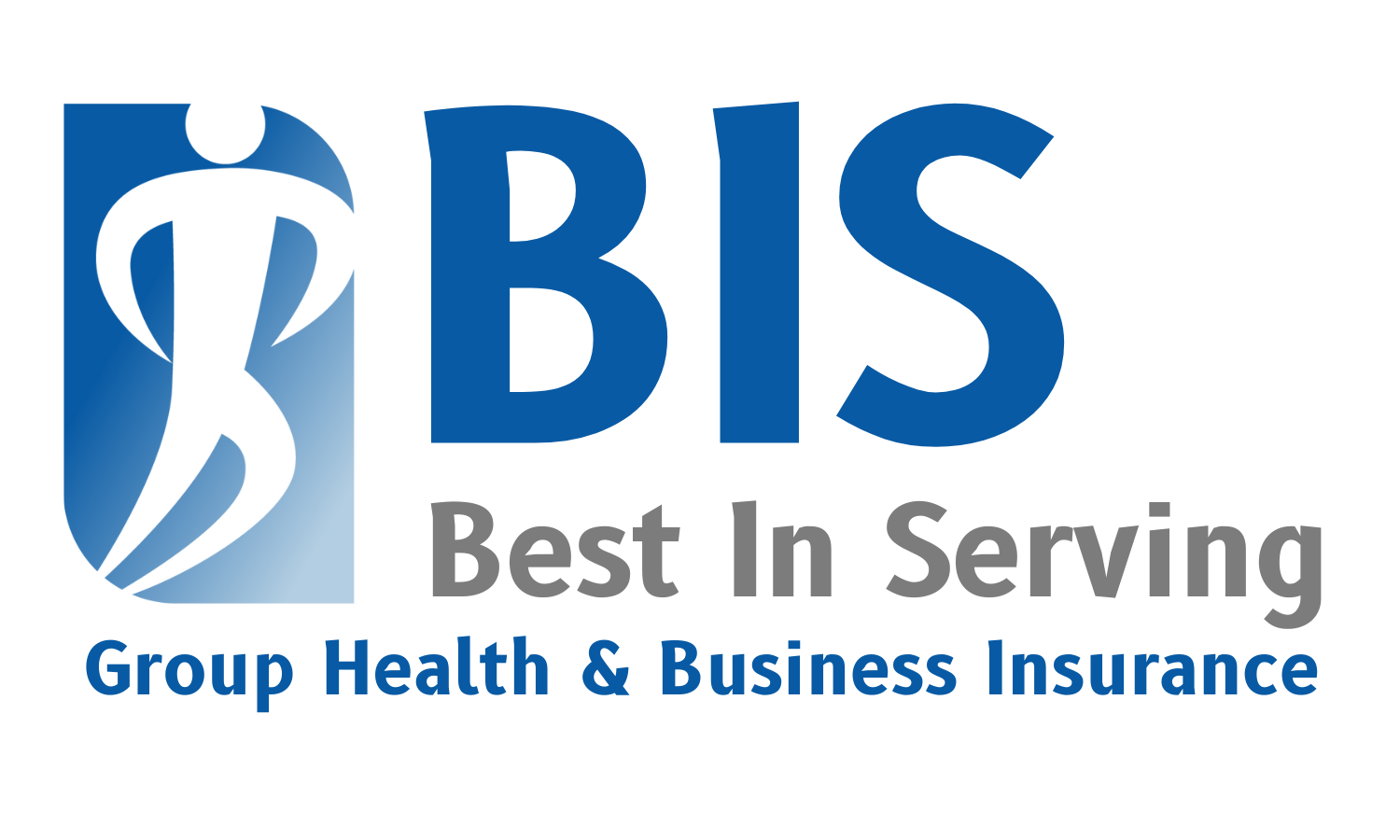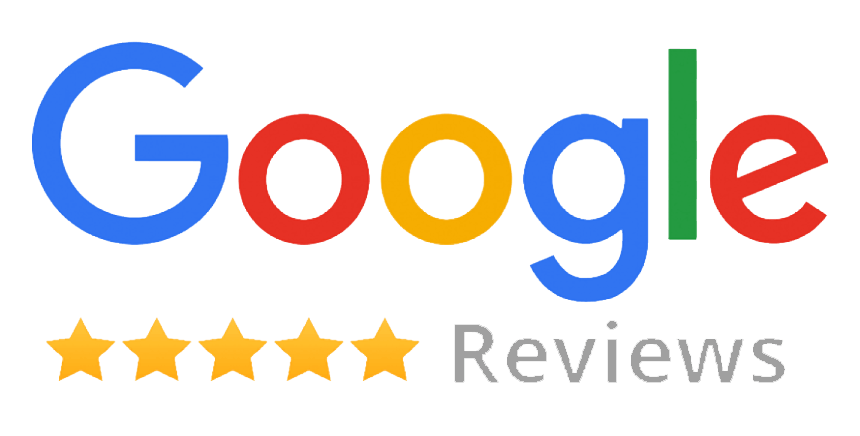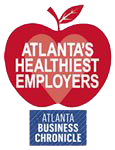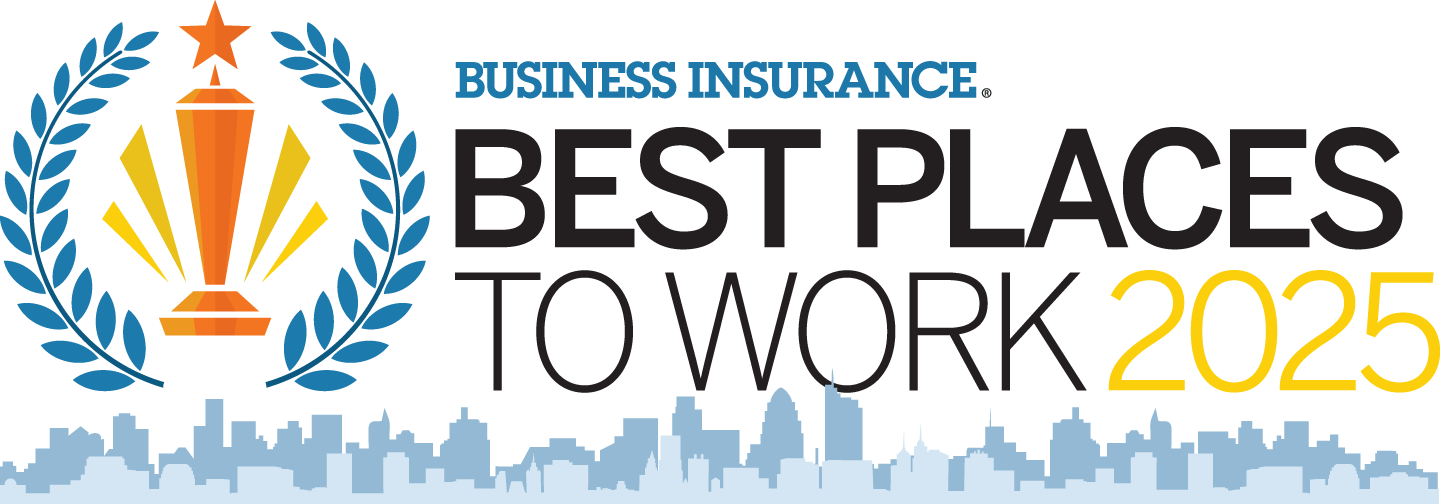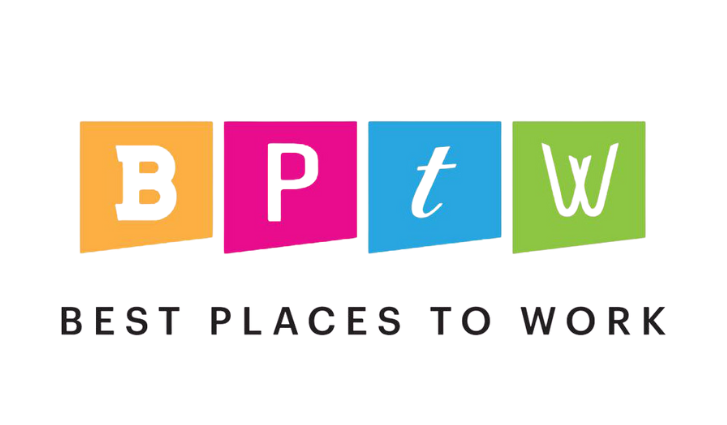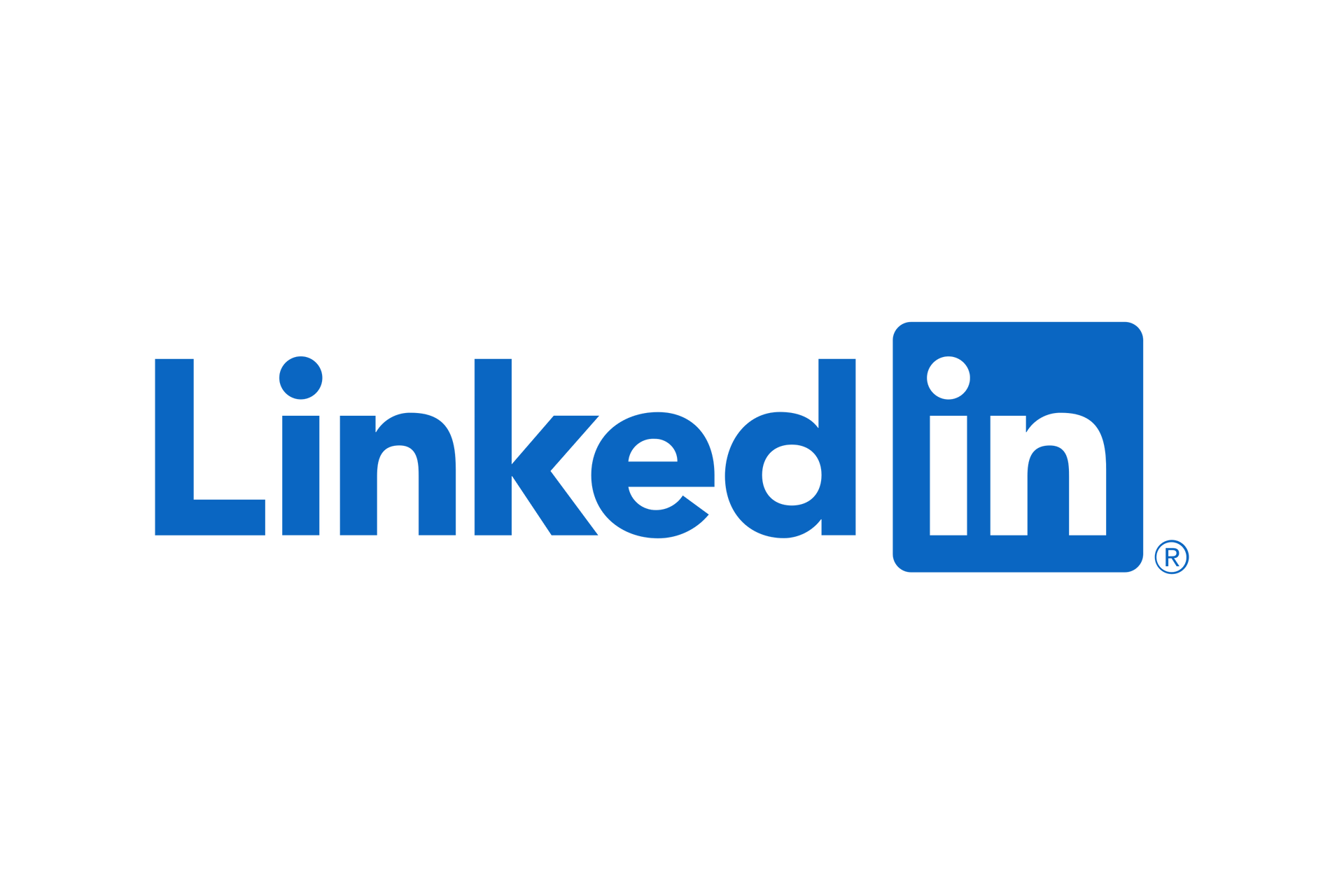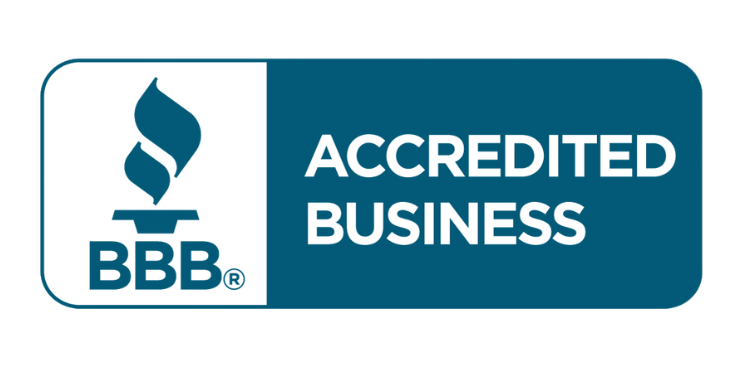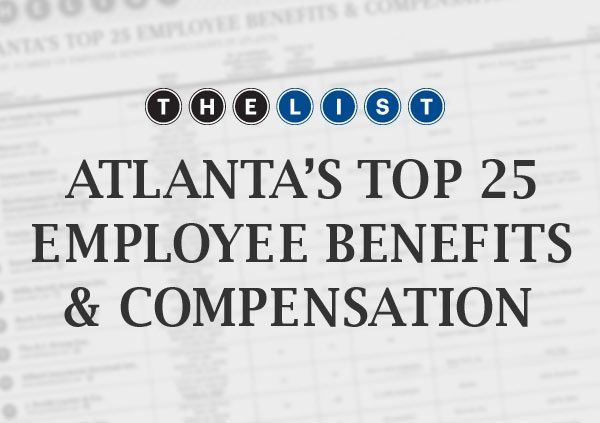Using the Power of Predictive Analytics
Using the Power of Predictive Analytics
By Bill Olson, Senior VP, Operations at United Benefit Advisors
How does your HR department make key decisions? Your personal experience? Cold, hard data? An educated guess? Gut feeling? All of the above?
Making major HR decisions is difficult. There are countless dependencies and variables, especially when you’re unsure what the future holds. That’s why more and more companies are turning to predictive analytics to predict outcomes for their business and plan accordingly.
Wait, What’s Predictive Analytics?
While ”predictive analytics” on its own may sound like a complex or even intimidating idea, as a concept it’s really not that novel. After all, HR departments have been using analytics to inform their business decisions for decades. Even before the digital age, HR departments collected qualitative employee feedback with (gasp) just a few pens and paper.
Predictive analytics essentially works the same way—leveraging data to make business choices—but instead of using previous data to respond to current issues, predictive analytics combines that same historical data with industry trends to predict future events.
A Digital Swiss Army Knife
What kind of future events can predictive analytics foretell for human resource departments? Everything from turnover rate (by leveraging data from economic indicators and the job market) to employee performance (based on previous performance and current industry trends). Hewlett-Packard saved an estimated $300 million dollars, simply by using predictive analytics to help them mitigate the turnover rate across their departments, some of which had reached a turnover of over 20%.
In fact, there’s not much on an HR director’s to-do list that predictive analytics can’t help with (though if you’re searching for sure-fire Super Bowl predictions or tomorrow’s lotto numbers, you’ll have to look elsewhere).
Predictive analytics can serve as your department’s Swiss Army knife, offering a variety of different use cases and applications. Some recruiters use predictive analytics to recommend applicants for new job openings, determining the best fit from a pool of candidates by looking at their background, previous experience, skill set, and more. This can even be extended to internal employees, in order to determine if management should hire from within or seek outside the company.
Others have applied predictive analytics to the problem of employee engagement—not just by forecasting engagement as it fluctuates throughout the year, but by recommending incentives can be used to bolster it.
It’s Still Human Resources
It’s easy to see why some HR departments might balk at the idea of using a data processor to help them make people-centric decisions. But predictive analytics isn’t here to replace the human element that factors into all HR decisions—it’s here to complement it. It adds a quantitative element to qualitative data, making it easier to process and digest. With predictive analytics, you have another powerful tool in your HR arsenal to aid you in forming smarter policy, making wiser business decisions, and ultimately fostering a better, higher performing workplace environment.
Brought to you by:

